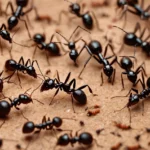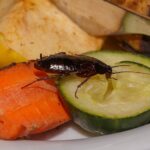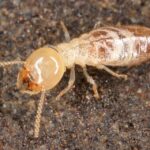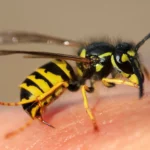Home » Pest Guide » Rodents » Roof Rats
Roof Rats
The Roof Rat, also known as the Black Rat or Ship Rat, is one of the most common and destructive rodent pests found throughout South Florida.
Unlike Norway rats that burrow in the ground, roof rats prefer to nest high above ground in attics, trees, and palm fronds.
Their climbing ability allows them to easily enter homes through vents, roof gaps, and power lines. Once inside, they can chew electrical wiring, contaminate food, and spread disease, making quick action essential.
What Carpenter Ants Look Like
Roof rats are sleek, agile rodents known for their pointed noses and long tails. They’re smaller and more slender than Norway rats, but just as destructive.
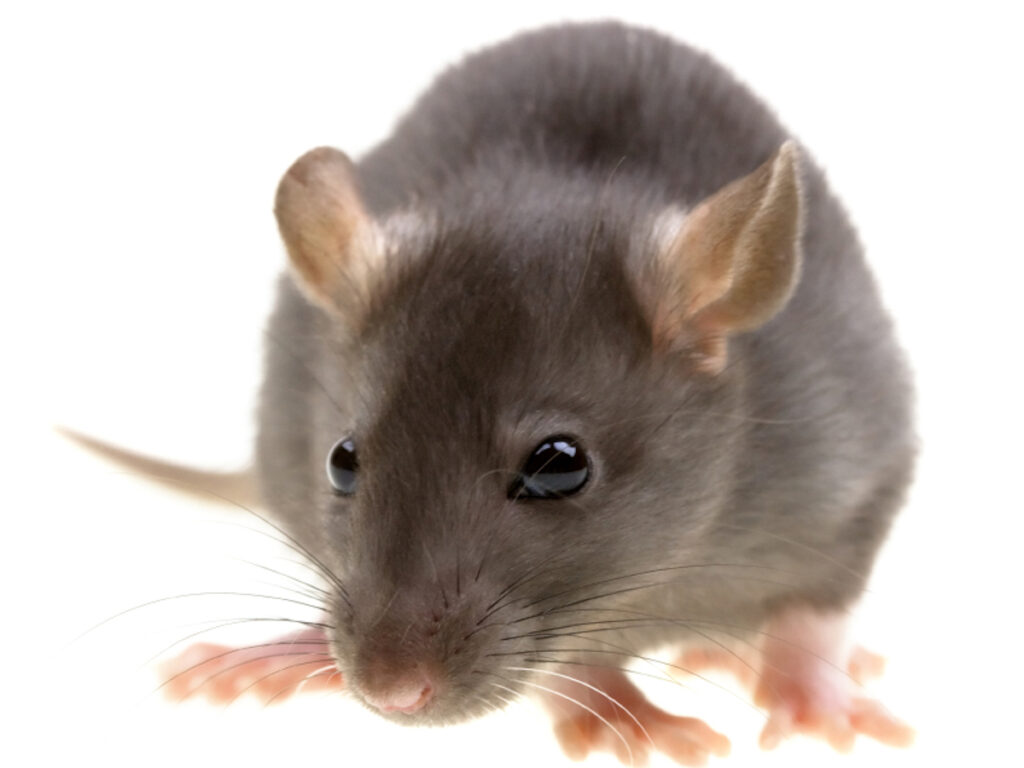
Key identifying features include:
- Size: 12–16 inches long (including tail)
- Color: dark brown or black with a lighter underside
- Long, hairless tail longer than their body
- Large eyes and ears
- Often found in attics, rafters, and trees
Behavior and Nesting Habits
Roof rats are excellent climbers that prefer warm, elevated spaces.
They build nests in attics, roof eaves, garages, or outdoor vegetation — especially palm trees and climbing vines.
They are nocturnal, feeding at night and remaining hidden during the day.
Roof rats are wary and intelligent, making them difficult to trap or bait without professional expertise.
Common nesting sites include:
- Attics and insulation
- Palm trees and roof soffits
- Behind walls and above ceiling tiles
- Garages, sheds, and pool houses
- Dense vegetation and ivy
Signs of a Roof Rat Infestation
- Scratching or scurrying sounds in attics or walls at night
- Droppings (¼–½ inch, pointed ends) in pantries or insulation
- Gnawed wires, pipes, or wooden beams
- Grease marks along walls or rafters
- Fruit damage from trees or gardens
- Pet agitation or pawing at walls
⚠️ Roof rats reproduce quickly — a small problem can turn into a full infestation within weeks.
Roof Rat FAQs
How do roof rats get inside homes?
They enter through roof vents, soffits, utility lines, and gaps as small as ½ inch.
Are roof rats dangerous?
Yes. They can transmit diseases like salmonella and leptospirosis, and their droppings can contaminate surfaces.
Do roof rats only live in attics?
Mostly, but they may also nest in garages, sheds, and thick landscaping close to homes.
Can I use traps or poison myself?
DIY methods can reduce visible rats but rarely eliminate the entire colony — especially in attics and voids.
How long does it take to get rid of roof rats?
Most infestations are controlled within 1–3 service visits, depending on population size and entry points.
Get Your Free Rodent Control Quote
Roof rats can chew through wires, insulation, and wood, causing structural and fire hazards if ignored.
Our licensed South Florida technicians specialize in roof rat removal, exclusion, and prevention.
We identify nesting zones, seal entry points, and use safe, strategic trapping and baiting systems to remove active infestations and stop them from returning.
Seeing signs of rodent activity?
Request your free inspection and quote today — protect your home from roof rats year-round.
Damage Caused by Carpenter Ants
Damage and Health Risks Caused by Roof Rats
Roof rats are more than just a nuisance — they’re a serious health and safety hazard.
Their constant gnawing can damage wiring, leading to short circuits and fire risks. Their droppings and urine contaminate food, insulation, and air quality.
Common damage includes:
- Chewed electrical wires and insulation
- Contaminated food and pantry goods
- Structural damage in attics and soffits
- Droppings and stains in ceilings or ducts
💡 Roof rat droppings often resemble small black grains of rice — a key sign of an active infestation.
How to Get Rid of Roof Rats
DIY Steps:
- Seal all roof vents, gaps, and entry points larger than ¼ inch
- Trim tree branches 6+ feet from the roofline
- Remove outdoor fruit or pet food overnight
- Store feed and birdseed in sealed containers
Professional Treatment:
Our Roof Rat Control Program includes:
- Thorough inspection of attics and exterior access points
- Safe, tamper-resistant traps and exclusion devices
- Sanitization and odor neutralization
- Long-term prevention barriers and monitoring
👉 Contact us for Professional Roof Rat Removal >>
Prevention Tips
- Keep tree branches trimmed away from the roof
- Seal attic vents, soffits, and utility gaps
- Store garbage in sealed bins
- Avoid leaving pet food outside
- Schedule regular pest inspections every 6 months

When to Call a Professional
If you’re hearing scratching in the attic, finding droppings, or smelling a musty odor — it’s time to call a professional.
Roof rats can spread diseases and cause expensive structural damage if ignored.
Our In Touch Pest Control experts will locate and eliminate active infestations, repair entry points, and keep rodents from coming back.
Do you have another Pest Issue?
What our Customers Say about Us!
Trustindex verifies that the original source of the review is Google. Great service for the price tbhTrustindex verifies that the original source of the review is Google. Goat services and didn’t have a problem ever sense.Trustindex verifies that the original source of the review is Google. Best service hands down!! As a first time customer, all I know is this they definitely got the job done and will be recommending them to everyoneTrustindex verifies that the original source of the review is Google. I been having a bugs everywhere and been terrified and they help me so much getting the bugs awayTrustindex verifies that the original source of the review is Google. Did an amazing job helping me with my ants .Trustindex verifies that the original source of the review is Google. I was having problems with my roaches in my house and they did a good job getting rid of emTrustindex verifies that the original source of the review is Google. this man does really good he killed all the pests in my house 😮🫡Trustindex verifies that the original source of the review is Google. Very accommodating for emergency service request. Also prompt in time for appointments. Great company!!Verified by TrustindexTrustindex verified badge is the Universal Symbol of Trust. Only the greatest companies can get the verified badge who has a review score above 4.5, based on customer reviews over the past 12 months. Read more


